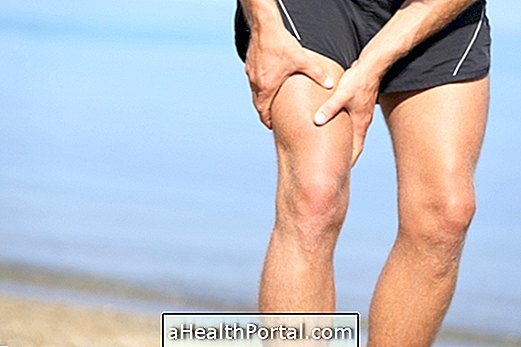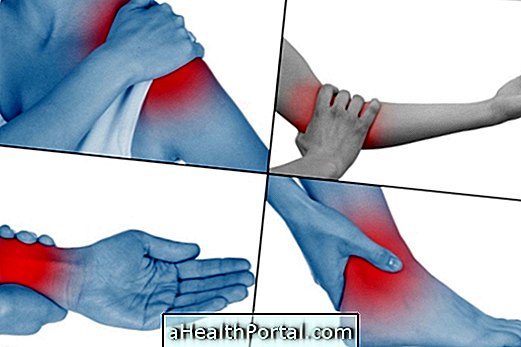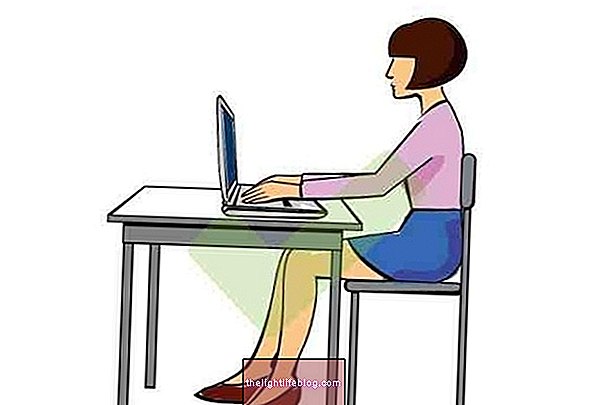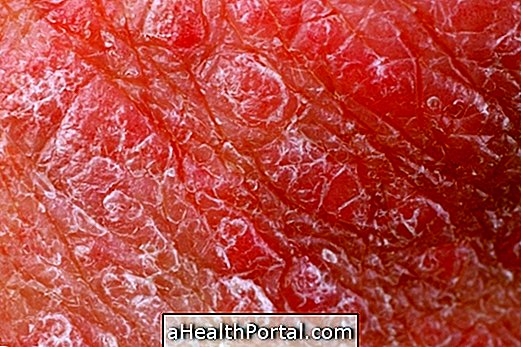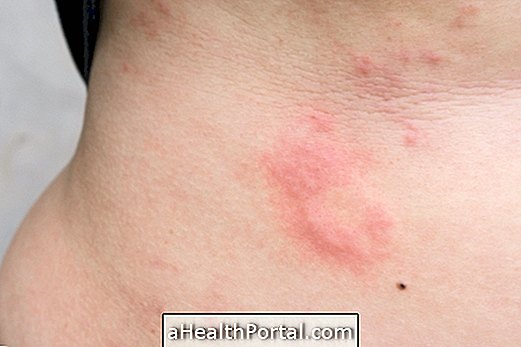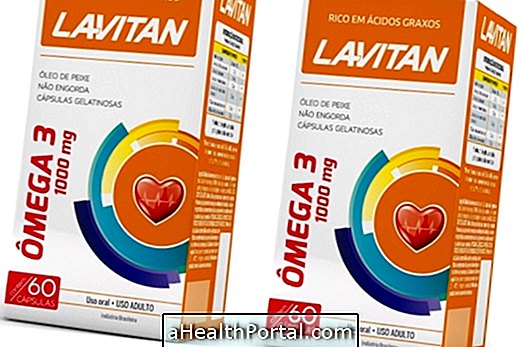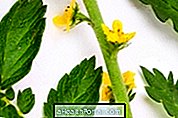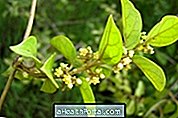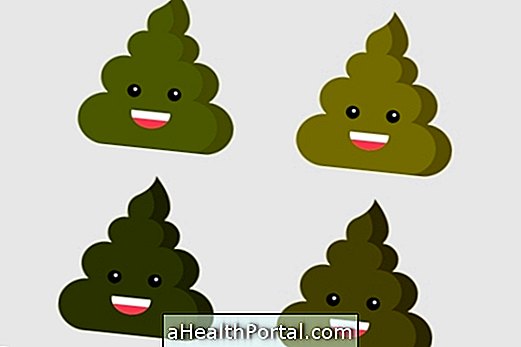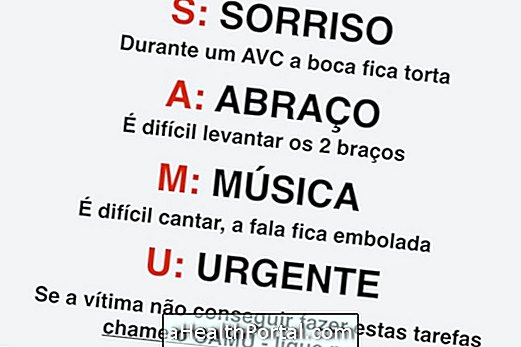The stump is the part of the limb that remains after an amputation and for good healing it is important to have some care as to keep the stump always clean and dry or to massage the stump with moisturizing cream.
Amputation can be performed due to poor circulation in people with diabetes, tumors or trauma caused by accidents. The parts of the body that can be amputated are fingers, hands and arms, feet or legs, and scarring of the stump takes between 6 months to 1 year and the appearance of the scar is improving with each passing day.
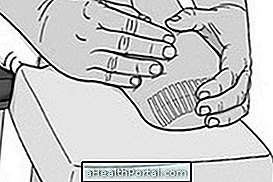

Stump hygiene after amputation
Stump hygiene after an amputation should be done daily and include:
- Wash the stump: the stump should be washed with warm soapy water and neutral soap at least once a day;
- Dry the stump: it should be dry with a soft towel, without shaving on the scar;
- Massage around the stump: the patient should apply moisturizing cream on the stump, such as sweet almond oil, for example, by doing a massage around the stump, as well as moisturize the skin, preventing its peeling, improves circulation and flexibility of the skin.
Patients with an amputated limb should avoid washing the stump with very hot water and using chemicals, including alcohol, as it dries the skin, delays healing, and promotes cleft skin.
In addition, some patients who are more likely to sweat should wash the stump several times a day, morning and evening, for example.
How to protect the stump after amputation
The stump must be protected after amputation with an elastic bandage or compression stockings appropriate to the stump size. To correctly apply the elastic bandage and bandage the stump, you must:
- Place the strip, starting at the farthest point of the stump and ending up on the stump;
- Pass the track as if you were drawing an 8, and not making circular turns around the stump;
- Do not tighten too much so as not to compromise the circulation of the blood, nor to leave very wide, otherwise it does not take effect.



The compression bandages help to reduce the swelling of the stump and should be adjusted whenever they are fouxas, being normal, put the ligature up to 4 times a day. However, a good solution may be to use a compression stocking for the stump that is more comfortable, comfortable and practical.
In addition, it is important to sanitize the bandage properly by hand washing with warm water and mild soap, avoiding the use of chemicals, twisting or drying in the machine, for example.
General care with the amputated stump
In addition to hygiene, pain relief, and stump grafting, the person with amputation should:
- Keeping the stump in place always works, just as you did when you had the full limb, to maintain mobility;
- Exercise the stump, making small movements every day several times a day to maintain good circulation;
- Change body position to avoid contractures several times a day;
- Not for the stump hanging from the bed or crossed under the legs, nor by heavy objects under the stump;
- Sunbathing, to receive vitamin D and strengthen bone and stump skin;
- Avoid strokes and injuries so as not to impair the healing of the stump.
In addition to these care, make a food rich in healing foods, such as broccoli, strawberry or egg yolk, for example and drinking lots of water helps keep skin cells and tissues hydrated and healthy, facilitating healing and preventing infections. Learn more about feeding in: Healing foods.
When to go to the doctor
The patient with an amputated limb should go to the doctor when:
- It has heat, itching and redness in the stump;
- To leave yellowish liquid by the scar;
- The stump has an unpleasant odor;
- Have the cold stump, even using compression stockings;
- It presents anus, near the amputated place, red and swollen;
- The stump's skin is gray or bluish.
These warning signs may indicate infection or the circulation of that region of the body is compromised, and the physician must evaluate the situation and adjust the treatment accordingly.
